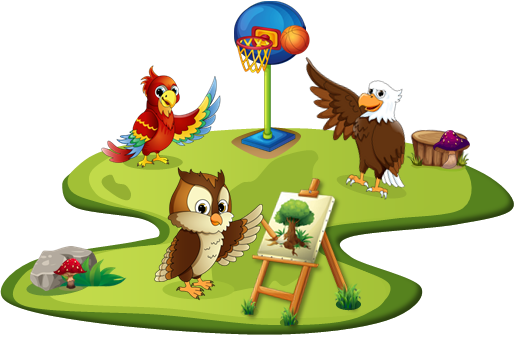Sharing the DISC Styles with Children
Posted 3 years ago
For more than 50 years, adults have experienced the power of using DISC Profiles to learn about themselves, improve their interpersonal relationships, and increase effectiveness in the workplace. But what if people learned about their style when they were children?
If there’s one phrase I hear more than any other, it is, “I wish I knew this before…” That is then followed with life events such as, “…before I got married, before I became a manager,” and “before I became a parent.” And if there is one thing I hear more than any other, it is, “I wish I knew this when I was younger.” People then go on to share that learning about their style would have helped them make better decisions, build healthier relationships, and be more effective in their careers.

Children’s minds are open to gaining insight to the age-old question, “Who am I?” They are like sponges for information on how they can best interact with others and how they can contribute to the world. We just need to give them the opportunity, and we need to make it fun and easy. By linking the four DISC styles to four birds, children can discover and value who they are. The D style is represented by the confident, daring, and take-charge Eagle. The I style is symbolized by the talkative, social, and fun Parrot. The S style is the caring, soft-spoken, and peaceful Dove. And the C style is the logical, accurate, and questioning Owl. For children and adults, the birds provide visual symbols to help them learn about themselves and others.
Children who understand their style gain a strong inner core. They develop confidence as they discover their natural gifts at an early age. By understanding style at a young age, children reveal a life path that will bring great satisfaction. By understanding their style, children learn how to get along with those who are like them, as well as with those whose bird styles are quite different.
People who are self-aware are the happiest and most successful people. Thus, it stands to reason that individuals who discover their style as children grow to be happy and successful adults. They are also less likely to bully other children as they gain respect for people of all the styles.
In addition to helping children discover what makes them tick, parents play a crucial role in helping kids become the best version of themselves. Far too often, parents try to turn their children into someone else. For example, the confident Eagle pushes the quiet Dove to be more assertive. When they do so, they send a variety of messages. These include: “You should be more like me”; “If you were more like me, I’d love you”; and perhaps worst of all, “Who you are is not ok.” Parents need to understand the bird style of their children so they can honor them for who they are and not try to change them into someone else.
Teachers and coaches also play a vital role in a child’s development. Consider an Owl teacher who tries to constrain a Parrot child’s creativity by restricting them to “stay within the lines.” Parrots need freedom to create. Teachers and coaches who understand a child’s bird style can help them tap into their natural gifts. Teachers and coaches who support each child how they need to be supported would help develop a generation of children with high self-esteem and incredible talent.
If you would like to understand a child’s bird style, check out the Which Bird Are You? Kids Profile. After the child takes the assessment, you receive a report that includes four sections. The first section introduces the birds so you gain a better understanding of the traits, needs, and dislikes of each of the bird styles. The second section is written for the child to help them gain a deeper understand of themselves. The third section helps parents discover how to raise their child by embracing the child’s innate style and supporting them on the path to becoming a happy, healthy, and successful adult. Finally, teachers and coaches learn how to guide the child as they navigate their way in school, sports, and extracurricular activities.
Let’s raise children who look back years from now and think, “I’m so glad I learned about my bird style when I was a kid. It helped me in so many ways.”
Author Merrick Rosenberg is the CEO of Take Flight Learningand author of The Chameleon, Taking Flight!, and Personality Wins
